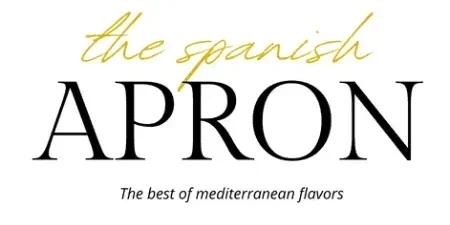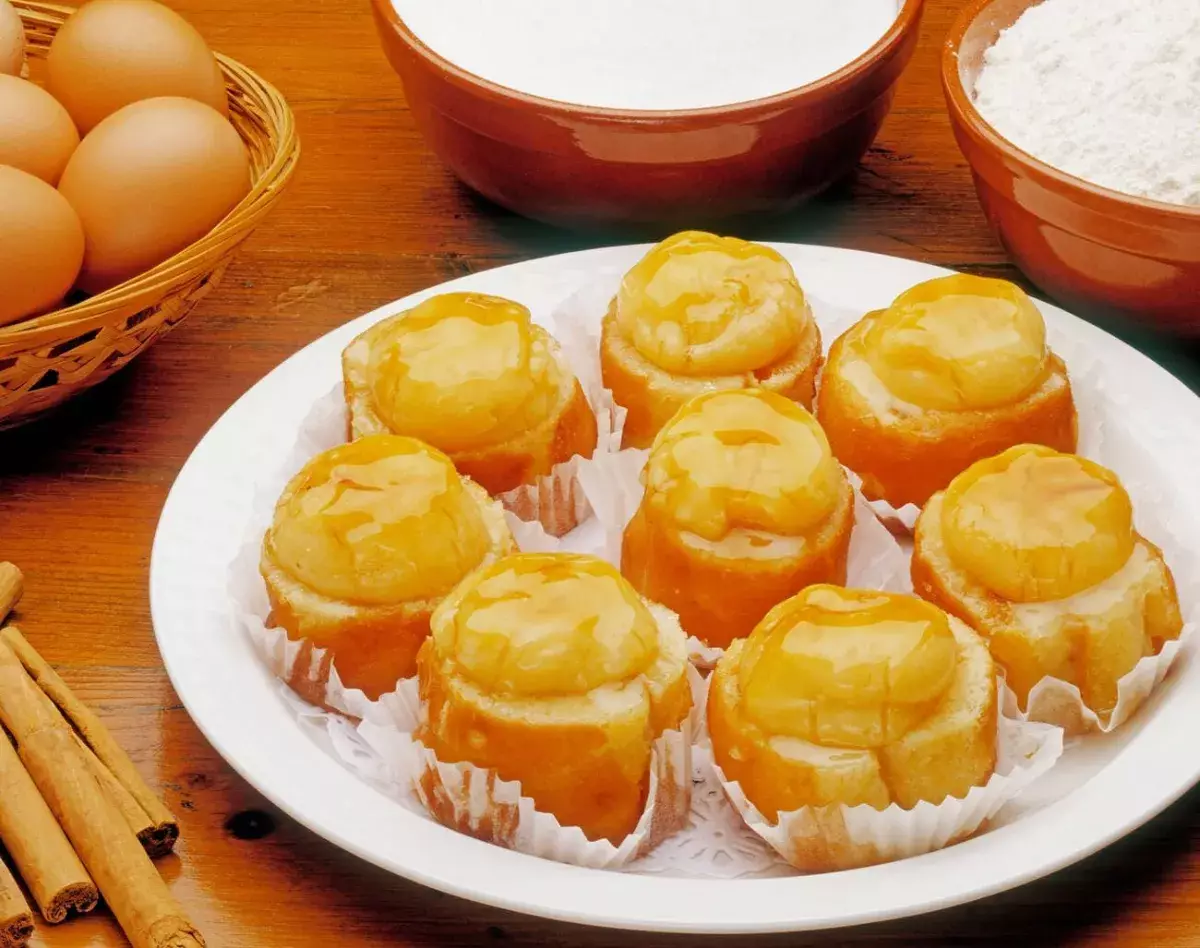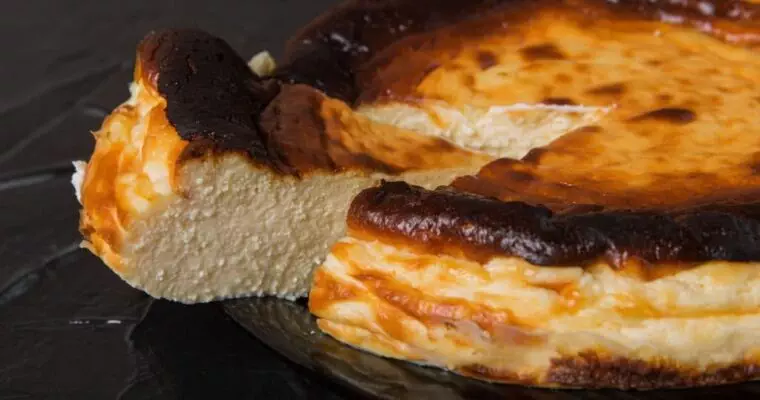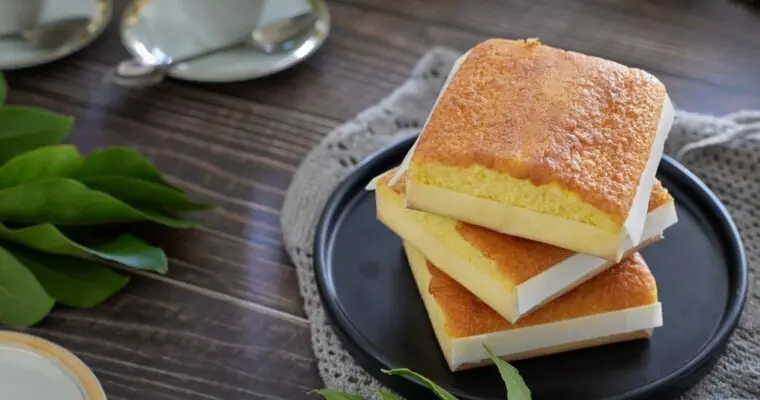The Santa Fe Pionono is a delightful little cake that has been a cherished treat since the late 19th century in the town of Santa Fe, Granada. Named after Pope Pius IX, this dessert was created by the confectioner Ceferino Isla González as a tribute to the Pope’s 50th anniversary. The sweet’s design, reminiscent of the Pope’s rounded figure and his solideo (a small skullcap worn by the Pope), gives it both its unique appearance and its name.
Table of Contents
The History of Pionono: A Sweet with Religious Roots
The Pionono’s story is deeply rooted in Spanish culture and Catholic tradition. In 1897, Ceferino Isla González, a devout Catholic and innovative baker, sought to honor Pope Pius IX (Pío Nono in Italian) on the 50th anniversary of his ordination. Ceferino’s creation, the Pionono, became an instant classic. This sweet treat encapsulates not only a rich history but also embodies a unique culinary tradition that continues to be celebrated in Spain today.
Ingredients for an Authentic Santa Fe Pionono
To prepare an authentic Santa Fe Pionono, you will need the following ingredients:
- For the Sponge Cake:
- 4 large eggs
- 100g of sugar
- 100g of all-purpose flour
- A pinch of salt
- For the Syrup:
- 100ml of water
- 100g of sugar
- 1 cinnamon stick
- For the Pastry Cream (Yema Pastelera):
- 4 egg yolks
- 150g of sugar
- 50ml of water
- 1 teaspoon of cornstarch
- For the Assembly:
- Ground cinnamon for dusting
Step-by-Step Guide: How to Make Santa Fe’s Pionono
1. Prepare the Sponge Cake:
- Preheat your oven to 180°C (350°F). Line a baking sheet with parchment paper.
- Separate the egg whites and yolks. Whip the egg whites with a pinch of salt until soft peaks form. Gradually add the sugar, continuing to whip until the whites are firm and glossy.
- Gently fold in the egg yolks, one at a time, then sift in the flour, folding until just combined.
- Spread the batter evenly on the baking sheet and bake for 10-12 minutes until golden. Allow to cool.
2. Make the Syrup:
- Bring the water, sugar, and cinnamon stick to a boil in a small saucepan. Simmer for 5 minutes until slightly thickened. Remove from heat and cool.
3. Prepare the Pastry Cream (Yema Pastelera):
- In another saucepan, combine sugar and water. Bring to a boil and simmer until the syrup thickens slightly.
- Beat the egg yolks in a separate bowl, then slowly add the syrup while continuing to whisk. Return the mixture to the saucepan and cook over low heat, stirring constantly until it thickens.
- Dissolve the cornstarch in a bit of water and add to the mixture, cooking until it reaches a creamy consistency. Allow to cool.
4. Assemble the Pionono:
- Brush the sponge cake with the syrup until well soaked.
- Spread a layer of pastry cream over the cake, lightly dust with cinnamon, and carefully roll it into a tight cylinder.
- Cut the roll into small, even pieces and place them upright. Top each with a dollop of pastry cream and a sprinkle of cinnamon.
5. Finishing Touches:
- Using a blowtorch, lightly caramelize the tops of the Piononos for a traditional touch.
Tips and Tricks for a Perfect Pionono
- Avoid Overbaking: Ensure the sponge cake remains soft and pliable to avoid cracks during rolling.
- Even Syrup Soaking: Brush the syrup evenly across the sponge to keep the Pionono moist without becoming soggy.
- Master the Yema: The pastry cream should be thick enough to hold its shape but smooth enough to spread easily.
Pionono in Spanish Culture and Its Legacy
The Pionono has become more than just a dessert; it’s a symbol of Spanish culinary heritage. This small treat represents the intersection of religion, history, and gastronomy, making it a significant part of Spain’s rich cultural tapestry. Over the years, the Santa Fe Pionono has maintained its popularity, particularly in Andalusia, where it is a staple in local bakeries and a beloved dessert during festivals.
Modern Variations of the Traditional Santa Fe Pionono
While the traditional Pionono remains a favorite, modern variations have emerged, including versions filled with chocolate, cream, or savory ingredients for a creative twist on this classic.
Frequently Asked Questions (FAQ)
- What is the origin of the Santa Fe Pionono?
- The Pionono was created in 1897 by Ceferino Isla González in honor of Pope Pius IX.
- Can I make a Pionono without eggs?
- Traditional Piononos require eggs for both the sponge and the pastry cream. However, vegan alternatives using aquafaba and plant-based creams can be tried.
- How long does it take to prepare a Pionono?
- Preparation typically takes about 1 hour, excluding cooling time.
- What is the difference between Santa Fe Pionono and Granada Pionono?
- Both are similar, but the Santa Fe Pionono is more traditionally associated with the religious and historical context linked to Pope Pius IX.
Related Recipes
- Tarta de Santiago: A traditional almond cake from Galicia.
- Rosquillas de San Isidro: Madrid’s famous deep-fried doughnuts.
- Turrón: The quintessential Spanish nougat, popular during Christmas.
Conclusion
The Santa Fe Pionono is not just a delicious treat; it’s a bite-sized piece of Spanish history. With its origins deeply rooted in religious tradition and its enduring popularity in Spanish culture, this dessert offers a unique blend of flavor, texture, and heritage. Whether you’re a seasoned baker or a curious foodie, mastering the Pionono will bring a touch of Spain’s rich culinary tradition to your kitchen. Enjoy this sweet homage to Pope Pius IX and keep the legacy alive with each delightful bite.
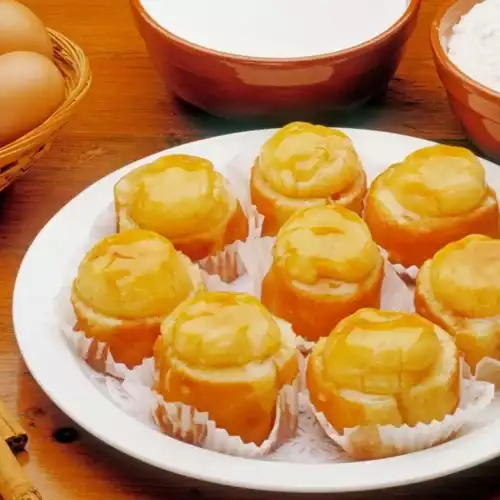
5 Irresistible Steps to Make the Perfect Santa Fe Pionono Recipe
Ingredients
For the Sponge Cake:
- 4 Large Eggs
- 100 g Sugar
- 100 g All-purpose flour
- A pinch of salt
For the Syrup:
- 100 ml Water
- 100 g Sugar
- 1 Cinnamon sticks
For the Pastry Cream (Yema Pastelera):
- 4 Egg yolks
- 150 g Sugar
- 50 ml Water
- 1 tsp Cornstarch
For the Assembly:
- Ground cinnamon for dusting
Instructions
- Prepare the Sponge Cake:Preheat your oven to 180°C (350°F). Line a baking sheet with parchment paper.Separate the egg whites and yolks. Whip the egg whites with a pinch of salt until soft peaks form. Gradually add the sugar, continuing to whip until the whites are firm and glossy.Gently fold in the egg yolks, one at a time, then sift in the flour, folding until just combined.Spread the batter evenly on the baking sheet and bake for 10-12 minutes until golden. Allow to cool.
- Make the Syrup:Bring the water, sugar, and cinnamon stick to a boil in a small saucepan. Simmer for 5 minutes until slightly thickened. Remove from heat and cool.
- Prepare the Pastry Cream (Yema Pastelera):In another saucepan, combine sugar and water. Bring to a boil and simmer until the syrup thickens slightly.Beat the egg yolks in a separate bowl, then slowly add the syrup while continuing to whisk. Return the mixture to the saucepan and cook over low heat, stirring constantly until it thickens.Dissolve the cornstarch in a bit of water and add to the mixture, cooking until it reaches a creamy consistency. Allow to cool.
- Assemble the Pionono:Brush the sponge cake with the syrup until well soaked.Spread a layer of pastry cream over the cake, lightly dust with cinnamon, and carefully roll it into a tight cylinder.Cut the roll into small, even pieces and place them upright. Top each with a dollop of pastry cream and a sprinkle of cinnamon.
- Finishing Touches:Using a blowtorch, lightly caramelize the tops of the Piononos for a traditional touch.
